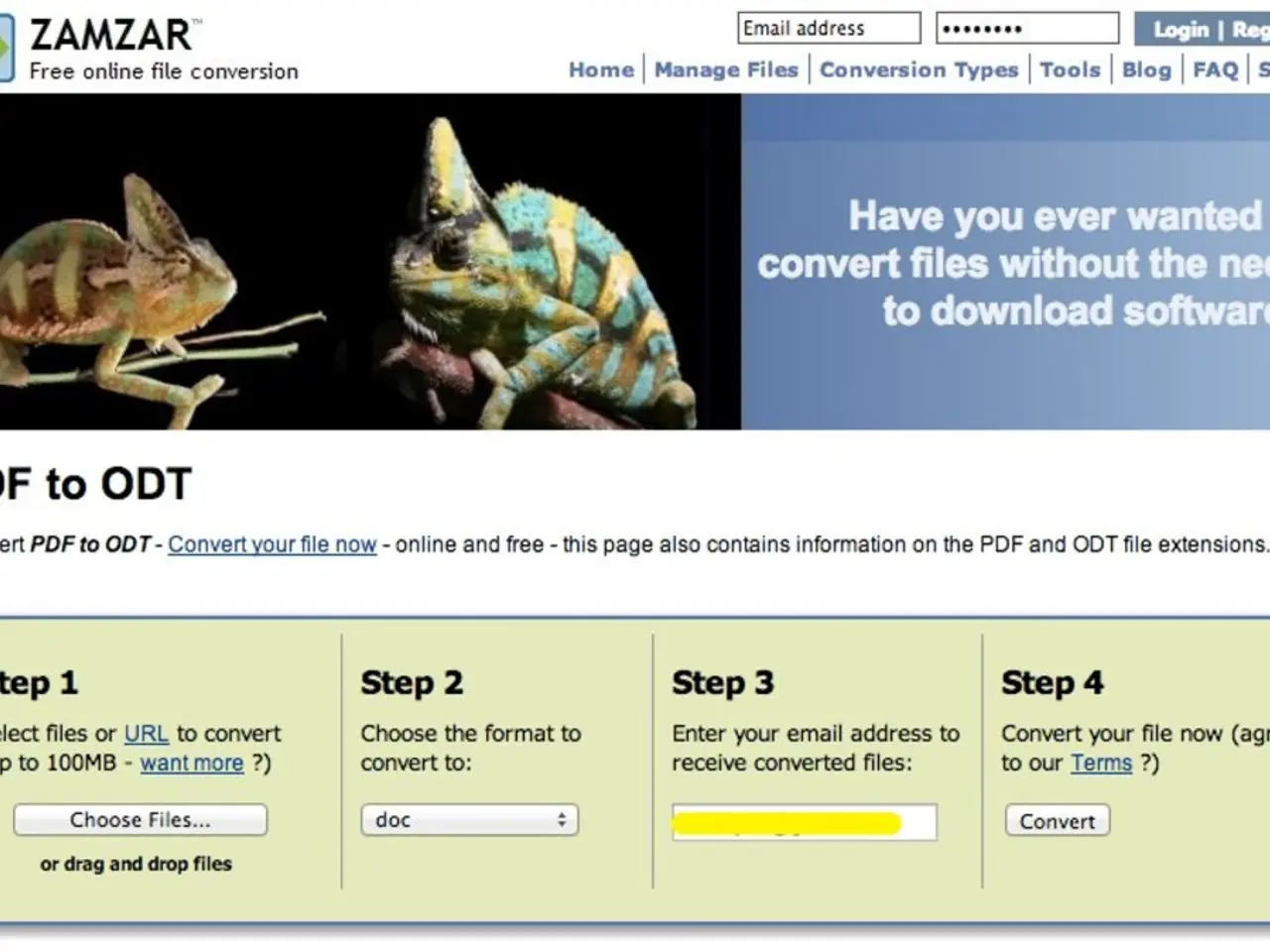Banks on your website are poised for growth following a significant policy change
In a significant move for the Vietnamese banking sector, the removal of administrative barriers in credit operations and the legalization of Resolution 42 have brought about a positive transformation. This change has been particularly evident in the performance of major banks such as Sacombank, Vietcombank, VPBank, and others.
The amended Law on Credit Institutions, which legally supports the enforcement of Resolution 42, has allowed banks to handle bad debts more efficiently. Banks can now seize and liquidate collateral faster without lengthy legal procedures, which helps record additional income sooner. This improvement in debt recovery is expected to enhance bank profitability through lower operational costs and quicker collateral disposal [1][4].
The legalization of Resolution 42 strengthens the legal framework, ensuring banks can manage non-performing loans more effectively. This reduces uncertainty and risk associated with bad debts in the banking system, thereby supporting financial stability. Analysts expect this to help moderate the levels of bad debt as the economy recovers, with banks better equipped to handle insolvency cases [1][4].
The government's reforms, including raising the foreign ownership limit from 30% to 49% in banks involved in restructuring, have accelerated the consolidation and strengthening of underperforming banks. This has generated positive sentiment in the market, pushing up stock prices of several banks such as Vietcombank, MB, VPBank, and notably Sacombank. After these reforms, some bank stocks experienced noticeable rises, reflecting investor confidence in the sector's future [2][3].
Removing credit limits, if managed properly, could enhance lending flexibility and facilitate investment and production needs in the economy. The amendments are expected to expedite the management of non-performing loans, freeing up business capital and enhancing capital efficiency [1].
The assets most likely to benefit from this legislative change are real estate and consumer loans, which comprise 80-90 per cent of collateralized assets. The current recovery rate from bad debt management among 29 listed banks represents only 16 per cent of total bad debt, indicating room for improvement [1].
The Government of Vietnam is working towards removing the credit limit mechanism by 2026. This transition to a market-based credit allocation system enhances credit growth flexibility and supports inflation management. Additionally, the new legal measures empower the State Bank of Vietnam (SBV) to provide supporting measures such as zero-interest special loans to distressed banks, thus reinforcing the banking system’s stability [1][2].
The positive impact of these changes is reflected in the performance of bank stocks this year. Techcombank (TCB) has experienced a 43.2% rise, while National Citizen Commercial Joint Stock Bank (NVB) has surged by 73% since the beginning of the year. Asia Commercial Joint Stock Bank (VAB) has increased by 63%, and KienLongBank (KLB) and Sahabank (SHB) have seen gains over 57% [2].
These regulatory changes have helped improve banks' financial health, reduced the burden of bad debts, and increased operational efficiency. This has led to positive movements in bank stock prices, including Sacombank and other major Vietnamese banks, reflecting investor optimism about the sector's outlook [1][2][3][4].
Analysts expect continued double-digit profit growth for these banks, as they navigate the evolving landscape of the Vietnamese banking sector. The challenge, however, is particularly acute for banks with high retail lending proportions, where small, geographically dispersed bad debts increase operational costs and limit credit expansion or the ability to reduce lending rates [1].
In conclusion, the regulatory changes in Vietnam's banking sector have brought about a positive impact, leading to increased investor confidence and significant growth in bank stock prices. The future outlook remains optimistic, with analysts predicting continued growth and improved efficiency in the sector.
References: [1] SSI Research, (2021). Impact of Resolution 42 and Credit Growth Quota Removal on Vietnamese Banks. [2] Maybank Investment Bank, (2021). The Vietnamese Banking Sector: A New Era of Opportunities. [3] SHS Research, (2021). The Effects of Resolution 42 on Debt Resolution Efficiency and Legal Risks. [4] The State Bank of Vietnam, (2021). Guidelines for the Implementation of the Amended Law on Credit Institutions.
- The legalization of Resolution 42 has led to an improvement in the handling of bad debts in the Vietnamese banking sector, with banks now able to seize and liquidate collateral more efficiently due to the amended Law on Credit Institutions.
- The legal changes have strengthened the legal framework for managing non-performing loans, reducing uncertainty and risks associated with bad debts in the banking system, thereby promoting financial stability.
- The government's reforms, such as raising the foreign ownership limit in banks, have accelerated the consolidation of underperforming banks and boosted investor confidence, positively affecting bank stock prices.
- The removal of credit limits and other administrative barriers is expected to enhance lending flexibility, support inflation management, and facilitate investment and production needs in the economy.
- Analysts anticipate continued double-digit profit growth for major Vietnamese banks like Sacombank, Vietcombank, and others, as they navigate the evolving landscape of the Vietnamese banking sector.
- The government's efforts to remove the credit limit mechanism by 2026 and the the amendments to the Law on Credit Institutions aim to provide supporting measures such as zero-interest special loans to distressed banks, thus reinforcing the banking system’s stability and fostering growth in the economy.




